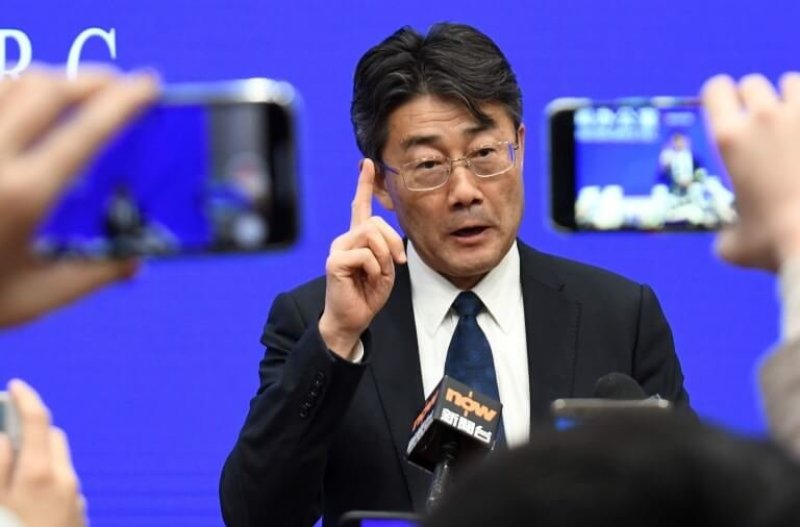“I can very confidently say there won’t be another ‘SARS incident,” [China CDC director George] Gao said in a speech last year. “Because our country’s infectious-disease surveillance network is very well-established, when a virus comes, we can stop it.”
When the virus did come, though, Dr. Gao’s agency failed at the outset.
Instead of the China CDC spotting the outbreak in early December and leading a coordinated response, the virus was rampant in Wuhan by the time Dr. Gao learned of it. By Jan. 23—when authorities ordered the city locked down—it was spreading across the world.
In interviews with Chinese doctors, officials and health experts; and foreign scientists and officials who have worked with China on disease control, The Wall Street Journal found:
- The China CDC missed early signals because hospitals didn’t enter details in its real-time system, the technological core of its disease-surveillance efforts.
- The agency was outflanked by local authorities intent on hiding bad news from China’s leader and elevating Wuhan’s national political status.
- National officials delayed the response by forbidding publication of any research on the virus without approval, and shared critical information with the outside world in early January only after unauthorized leaks forced their hand.
- Financial and personnel problems hobbled the China CDC, which struggled to recruit and retain talented staff—a problem exacerbated by a withdrawal of U.S. funding and training support beginning in 2018.































